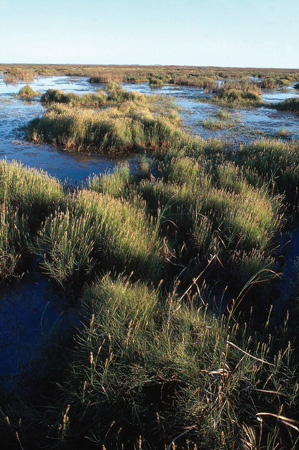
"Chesapeake Bay." Environmental Encyclopedia, edited by Marci Bortman, et al., 3rd ed., Gale, 2011. Science In Context, http://link.galegroup.com/apps/doc/CV2220002636/SCIC?u=vol_h58hs&sid=SCIC&xid=8ea85a7f. Accessed 10 Apr. 2019.
Home to more than 17 million people and 3,600 species of plants and animals, the Chesapeake Bay watershed is truly an extraordinary place. Stretching across six states and the District of Columbia, the Bay watershed never ceases to amaze with its rich history, vital economic importance, and astounding beauty. Below are just a sampling of some of the impressive facts and numbers about our wondrous watershed.
- was formed nearly 12,000 years ago when glaciers melted and flooded the Susquehanna River valley;
- is—most historians believe—named after the Algonquin word chesepiooc, meaning "great shellfish bay;"
- is approximately 200 miles long, stretching from Havre de Grace, Maryland, to Norfolk, Virginia;
- has an average depth of 21 feet (the deepest part of the Bay, a.k.a. "The Hole," is 174 feet deep and located off of Bloody Point, southeast of Annapolis, Maryland;
- ranges from 3.4 to 35 miles wide;
- holds more than 15 trillion gallons of water;
- supports 348 species of finfish and 173 species of shellfish;
- supports more than 3,600 species of plant and animal life, including 2,700 types of plants and more than 16 species of underwater grasses;
- is fed by 50 major tributaries (or streams and rivers) every day—the largest of these are the Susquehanna, Potomac, Rappahannock, York, and James;
- produces more than 500 millions pounds of seafood harvest each year.
The Chesapeake Bay Foundation

